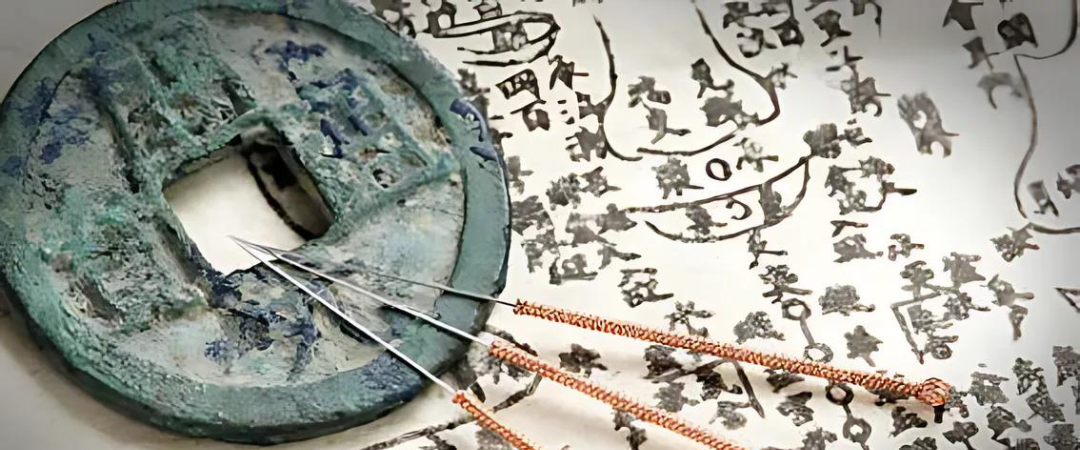If you’re considering acupuncture as a form of treatment, you’re likely curious about the process—especially how deep those needles go! In this comprehensive guide, we’ll demystify the acupuncture experience, discussing everything from the depth of needle insertion to how many sessions it may take for you to see results.
What is Acupuncture? A Quick Overview
Origins and Modern Use
Acupuncture originated in ancient China and has evolved into a popular alternative treatment worldwide. It’s used for various conditions, from chronic pain to fertility issues.
Different Types of Acupuncture
There are multiple forms of acupuncture, including Traditional Chinese, Japanese, and even electro-acupuncture, each with its unique approach and needle depth.
How Deep Do Acupuncture Needles Go?
Factors Determining Depth
Several factors affect how deep the needles go, including the area of the body being treated and the specific condition.
Typical Depths and Variations
Generally, acupuncture needles are inserted at depths ranging from 1/16 to a few inches. The depth can vary based on the practitioner’s judgment and your specific needs.
Is Deeper Always Better?
Not necessarily. The effectiveness of acupuncture isn’t solely determined by the depth of the needles but rather by their placement and the practitioner’s skill.
Number of Sessions: What to Expect
Typical Number of Sessions Required for Various Conditions
The number of sessions you’ll need depends on your specific condition. For some acute issues, even one or two sessions may bring relief. Chronic conditions may require ongoing treatment.
Factors that Influence the Number of Sessions
Your overall health, the severity of your symptoms, and how well you respond to treatment can all influence the number of sessions you’ll need.
Feeling Worse After Acupuncture: Is it Normal?
Why Some People Feel Worse Initially
Some people report feeling worse before they feel better. This is sometimes referred to as a “healing crisis” and can be a sign that your body is adjusting.
When to Be Concerned
If worsening symptoms persist, consult your practitioner. It’s essential to ensure that the treatment plan is aligned with your health needs.
Pre-Acupuncture Guidelines
What to Eat/Drink
Have a light meal a few hours before your session to prevent dizziness.
What to Wear
Loose, comfortable clothing is ideal, as it allows easy access to acupuncture points.
Post-Acupuncture Care
What to Avoid Doing
It’s best to avoid strenuous activity and alcohol consumption immediately after your session.
Self-Care Tips
Hydration and mild exercise like walking can help enhance the effects of your acupuncture treatment.
Common Myths and Misconceptions
Debunking Myths About Acupuncture Depth, Pain, and Effectiveness
One common myth is that deeper needle insertion means more effective treatment, which is not always true.
FAQs
Quick Answers to Common Questions
- Is acupuncture painful? Most people find it relatively pain-free.
- Can I drive after acupuncture? Yes, but it’s good to gauge how you feel first.
Conclusion
Understanding the ins and outs of acupuncture can help you approach your treatment with confidence. Whether you’re focused on the needle depth or the number of sessions required, remember that a skilled practitioner is your best resource for a successful experience.

